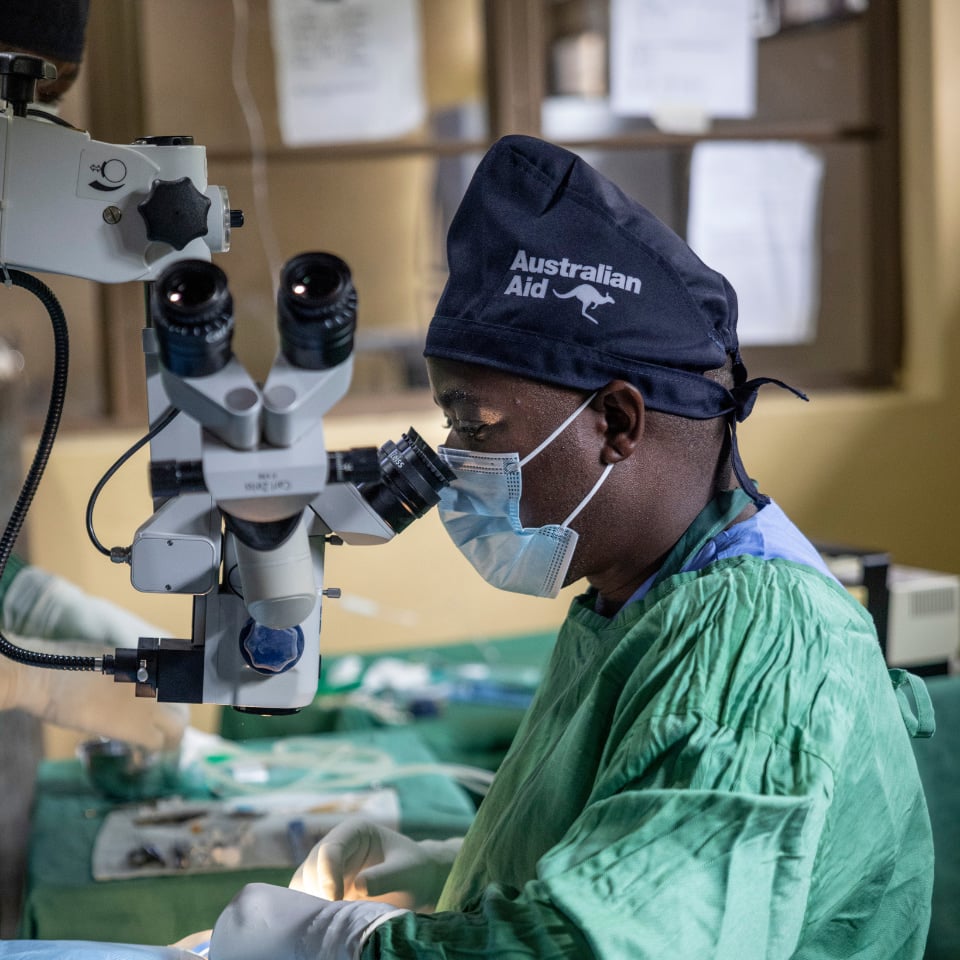Myopia (short-sightedness): Causes, symptoms, and treatment
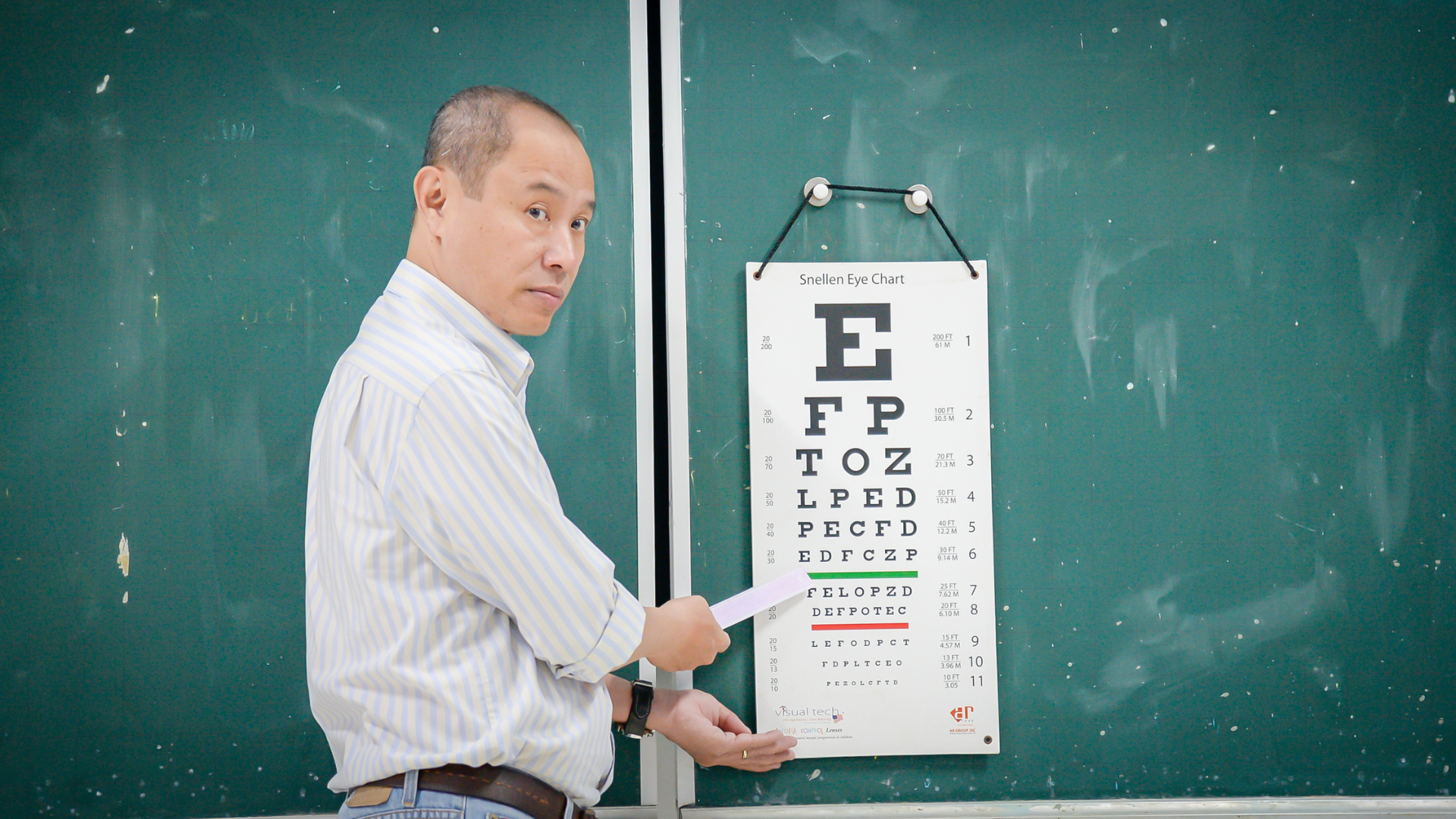
Myopia is another word for short-sightedness or near-sightedness, which is a type of uncorrected refractive error and is a common cause of vision impairment. According to the International Agency for the Prevention of Blindness (IAPB) 28% of the World’s population suffered from myopia in 2010. This number is predicted to increase to 34% by 2020 and 50% by 2050.
The prevalence of myopia in Australia is alarming, qualifying it as a public health crisis. It’s been estimated that 36% of Australians will be affected by this type of refractive error by 2020, according to a study conducted by the University of New South Wales.
As part of our 2019 - 2023 Strategy, The Fred Hollows Foundation is committed to making effective refractive error prevention and treatment accessible to all.
Access to proper eye care remains a global challenge and The Foundation is working towards building refractive error into national health plans in the countries where we work.
Our key goals include:
- Integrating eye screening into national school health plans in the countries where we work
- Increasing treatment uptake and compliance in our programs by 50%
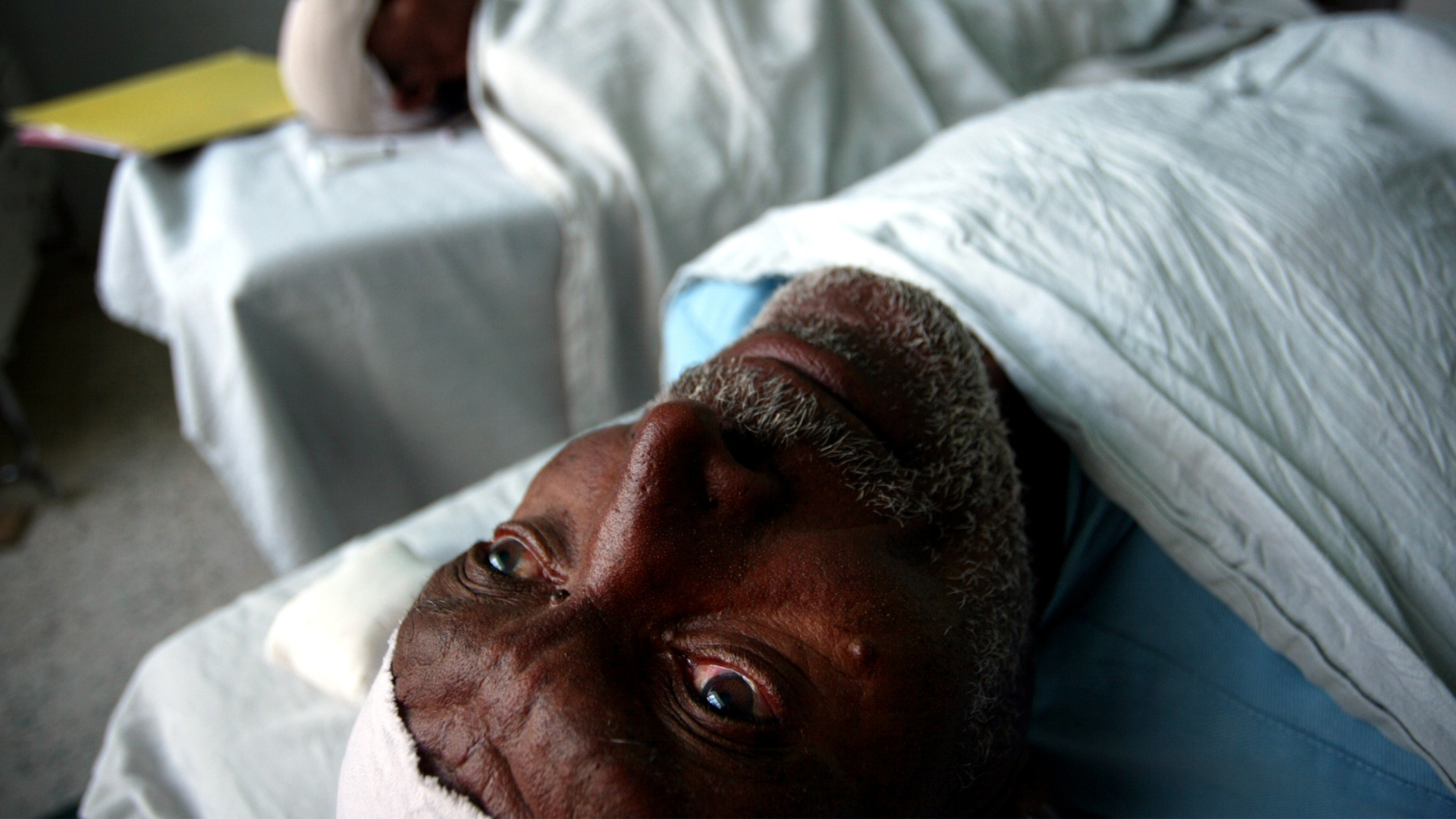
COVER PHOTO: Lannon Harley (2004)
In a hurry?
Click on the link below to go directly to the section you’re most interested in:
- What is myopia?
- What causes myopia?
- What are the signs and symptoms of myopia?
- How is myopia diagnosed?
- How is myopia treated?
- How can myopia be prevented?
- Meet our myopia patients
What is myopia?
Myopia is an eye condition where objects and images at a distance appear blurry. So even if your child is able to see images and objects up close clearly, they might not be able to identify them from a distance. Hence the term, near- or short-sightedness.
Myopia is usually an inherited eye condition that occurs because the distance between the cornea (the clear protective outer layer) and the retina (the thin layer of tissue that lines the back of the eye on the inside) is too long. So, instead of the light focusing on the retina, it focuses in front of the retina.
What causes myopia?
The cause of myopia can be both genetic and environmental, and it usually occurs during childhood and worsens during puberty.
It is believed that myopia is usually hereditary. So children can develop myopia if their parents or other family members have the condition.
Myopia occurs when the eyeball is too long or the cornea is too curved. Because of this, the light entering the eye doesn't focus correctly, making distant images and objects look blurry.
Children can also develop myopia due to their environment. For example, if they don’t spend enough time outdoors in their backyard, school playground or a local park. This lack of exposure to natural sunlight and far horizons where they can focus their eyes on distant objects can cause short-sightedness.
Secondary to this, spending a lot of time reading or viewing a computer device such as a tablet, laptop, smartphone or desktop monitor may also be a contributing factor.
This is worsened if they don’t spend enough time outdoors where they focus their eyes on distant objects.
Myopia can also develop in adults due to chronic conditions like diabetes.
Myopia can cause blindness resulting from cataract, glaucoma, retinal detachment, and myopic macular degeneration.
What are the signs and symptoms of myopia?
The following symptoms may indicate that you or someone you know has myopia:
Not being able to see objects and images at a distance clearly, such as:
- Wall clock
- Road signs
- TV or cinema screens
- Words written on a white/blackboard at work or school
- Feeling the need to squint or partially close your eyes to see properly
- Having trouble seeing while driving, especially at night
- Feeling strain in your eyes
These are the symptoms to watch out for in kids who may be too young to convey their distress:
- They blink a lot
- They are always squinting
- They often rub their eyes
- They sit quite close to the TV at home
- They have trouble seeing the black/whiteboard at school
- They don’t seem aware of objects or images at a distance
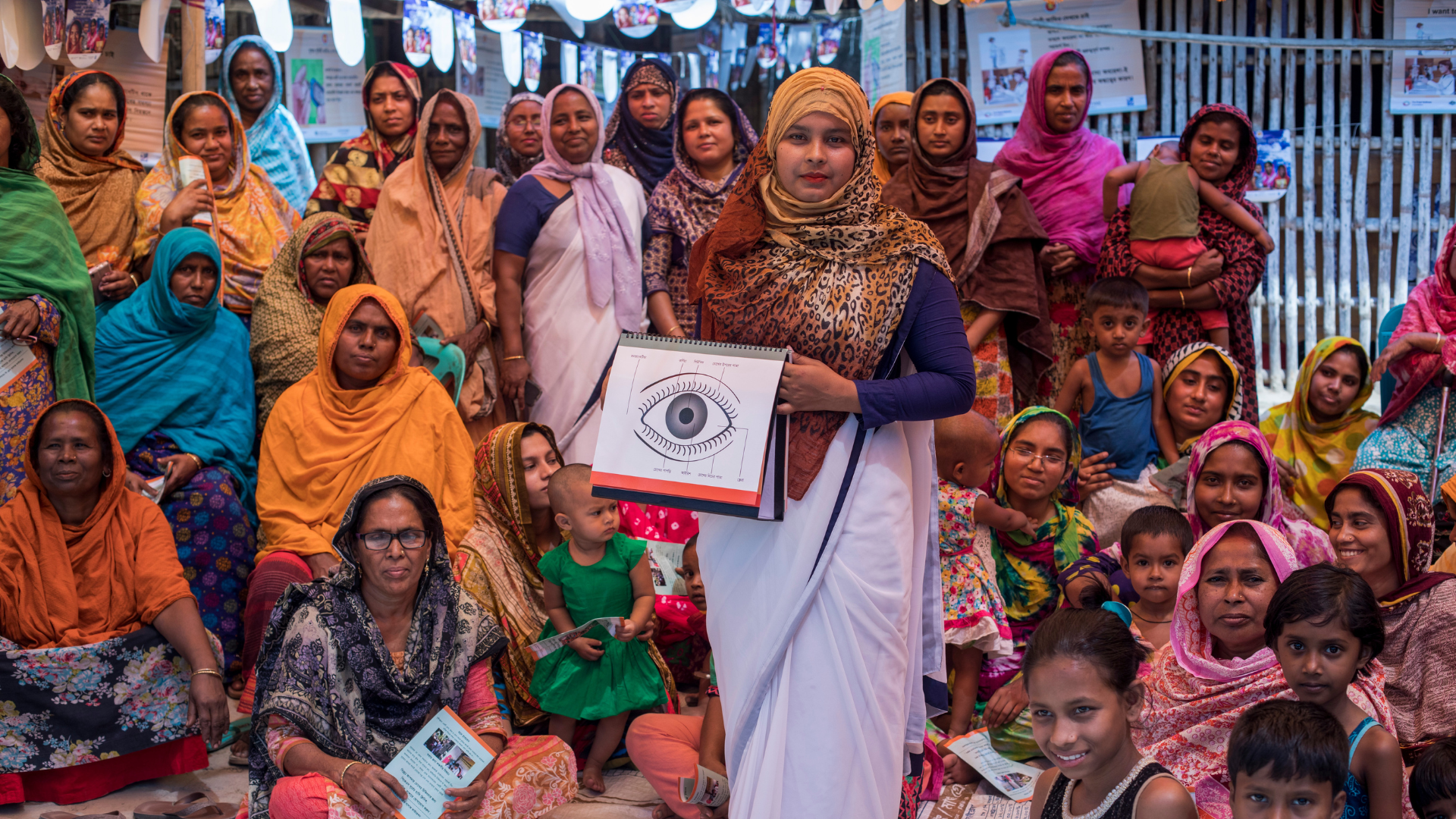
Photo credit: The Fred Hollows Foundation
How is myopia diagnosed?
Myopia is detected by a simple medical examination where an optometrist or ophthalmologist asks the patient to read from a Snellen chart.
Your specialist will also do a refraction examination to see how your eyes focus light - they will do this by testing your eyes through a number of lenses that will help evaluate the focusing power of your eyes.
These tests allows your eye doctor to determine the type of optical lenses you’ll be needing to correct your blurry vision
How is myopia treated?
Myopia can be treated in a number of ways and the solution will vary from patient to patient.
These are the treatments your optometrist or ophthalmologist will discuss with you if you are shortsighted:
- Eyeglasses
- Contact lenses
- Refractive surgery (laser surgery)
- Intraocular lens (IOL) replacement surgery
How can myopia be prevented?
While genetics play a big part in whether a child develops myopia or not, it is possible to reduce the chances of exacerbating it by controlling these environmental factors:
- Limit screen time for kids, be it for school or play
- Encourage them to take regular breaks from viewing their monitor
- Ensure all reading and homework is done in proper lighting (not too dim)
- Encourage outdoor activities for at least a few hours each day
- Have their eyes examined regularly
Further to this, the usual progression of myopia can be prevented or slowed by using special ortho-k hard contact lenses.
Meet our myopia patients
The Fred Hollows Foundation works in more than 25 countries around the world and has restored sight to over two and a half million people.
The diseases we come across range from cataract, diabetic retinopathy and trachoma to uncorrected refractive errors like myopia.
These are two of our myopia patient stories:
Warisha, Pakistan, 2018
Warisha is a 10-year-old student from Pakistan who had problems reading the whiteboard so her teacher moved her to the first row of desks. But this didn't help.
Being trained by The Foundation in basic eye screening, her teacher performed an eye test on Warisha.
This was followed by refraction tests by The Foundation's team, where Warisha was found to have a refractive error.
The Foundation then provided Warisha with glasses, free of charge. She was excited to have her clear vision back.
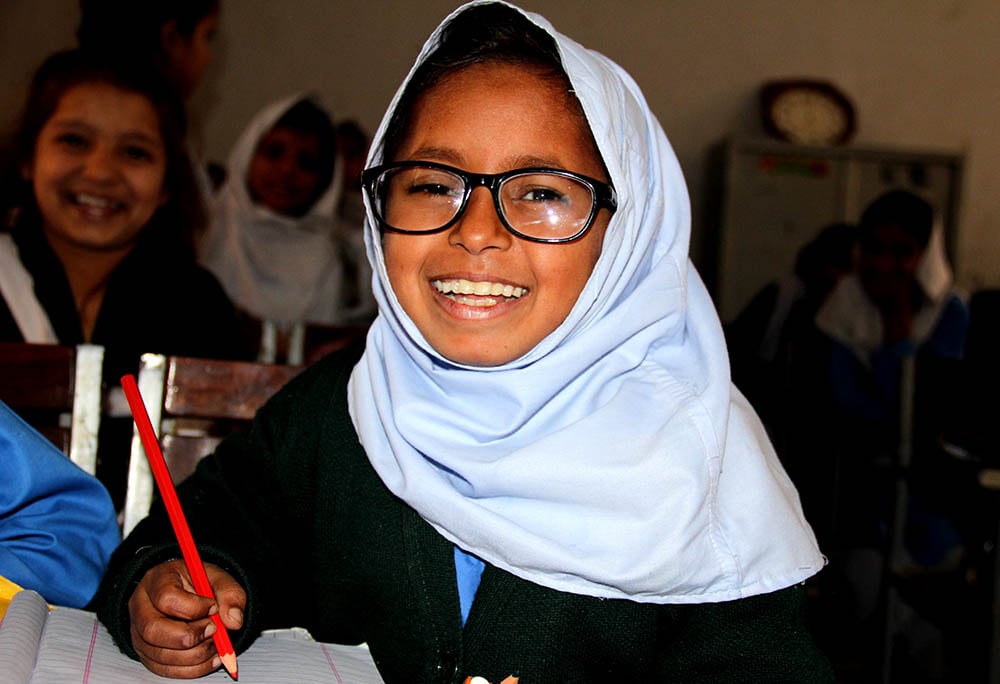
Nghia, Vietnam, 2018
Eighth grader Nghia struggled at school when he realised that he could not clearly see the letters on the board.He knew he had a problem with his vision, but he didn’t know where or how to seek help.
“Nghia always squinted his eyes when looking at the board. Consequently, he could not pay attention to the lesson,” his teacher, Ms Ha Thi Quynh says.
Ms Quynh had been trained by The Foundation to identify vision problems and conduct eye screening. So she was able to diagnose Nghia with myopia and now he wears classes.
Nghia is now more sociable with his classmates, more active in class, and his grades have improved.
He is now an ambassador for eye health, sharing his knowledge and experience with his classmates, family and friends.
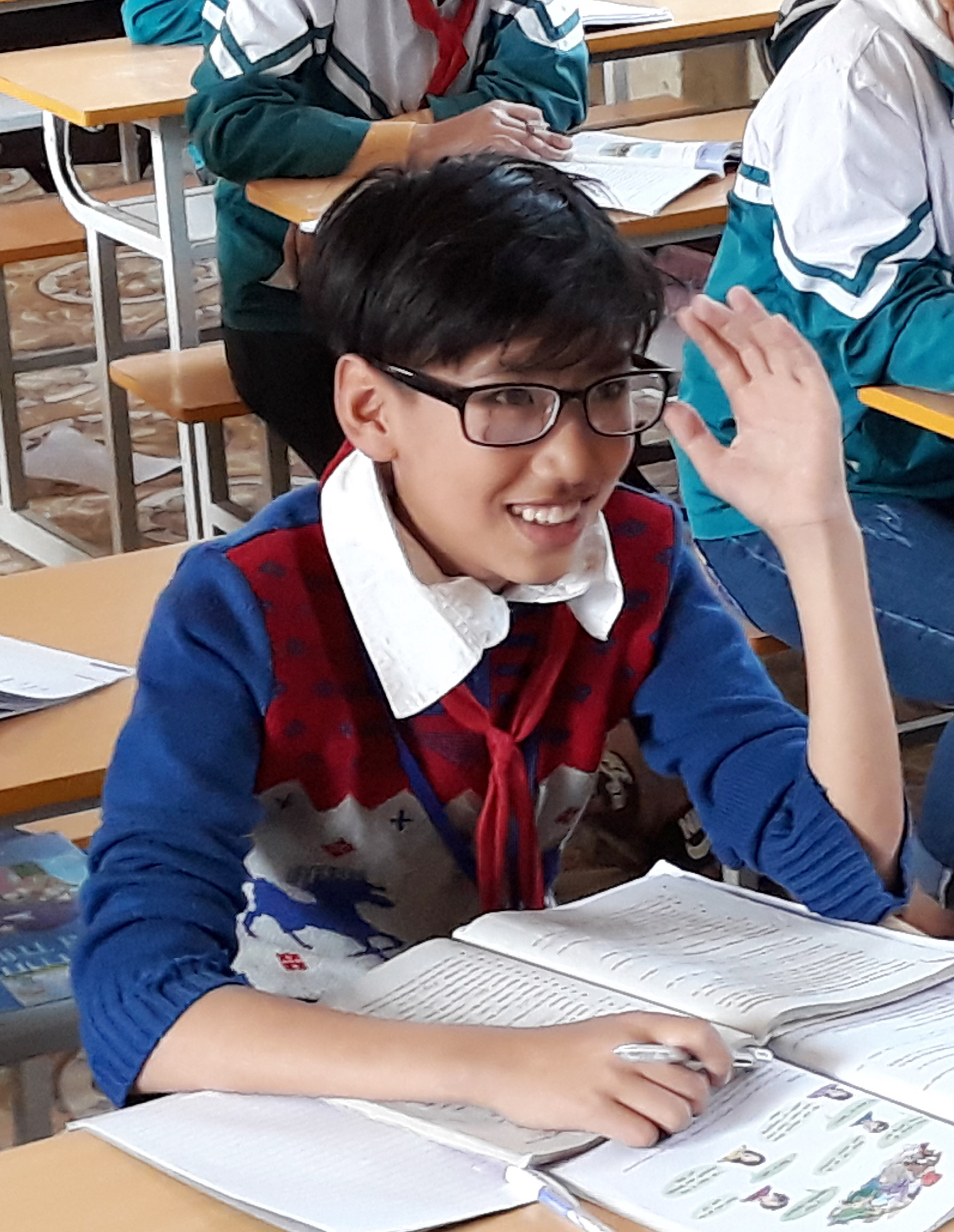
DISCLAIMER:
The content on this page is not intended to be medical advice. For medical advice, please contact your local health professional. All statistics quoted use the most recent information available, to the best of our knowledge.
Related articles

The eye doctor helping communities see again in Laos

Taking eye care to potters in Bangladesh
